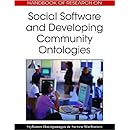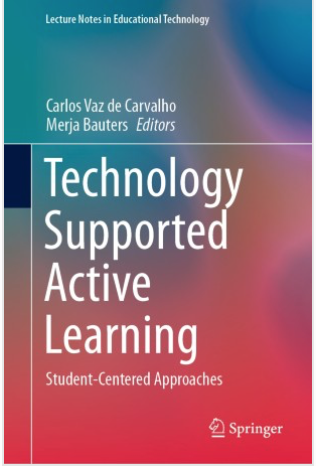Listening Ed-Media winning presentation “Students’ problem-solving as mediated by their cognitive tool use: a study of tool use patterns.
http://alienrescue.edb.utexas.edu/
The study is very similar by methodology what we have been doing in Young Scientist environment.
For example, they analysed log-data of tool-use, self-report data of tool use (questionniares) and stimulated recall of tool-use. Next the datasets were triangulated.
However the results of these data were a bit disappointing, showing the frequency patterns of tool-use and explaining it with students’ preferences.
Certain tools were used more in the beginning, in the middle several tools were used simultaneously and in the end the use of cognitive tools decreased.
Cognitive load was related with understanding the problem. This seems the most interesting aspect in respect of my own studies with Young Scientist. I could pose that the reasons why cognitive load emerged or did not emerge was related with my ideas about perceiving the elements of the problem as a complex translation-system or not. And the cognitive load might have not been the same for all students.
Tools were used for different problem-solving tasks.
Stimulated recall data were analysed using Strauss’ and Corbin’ Grounded Theory Approach.
Patters of students tool use were consistent with the recall and log-records.
Findings confirmed that there is a relationship between cognitive tool use and certain cognitive processes in problemsolving.









